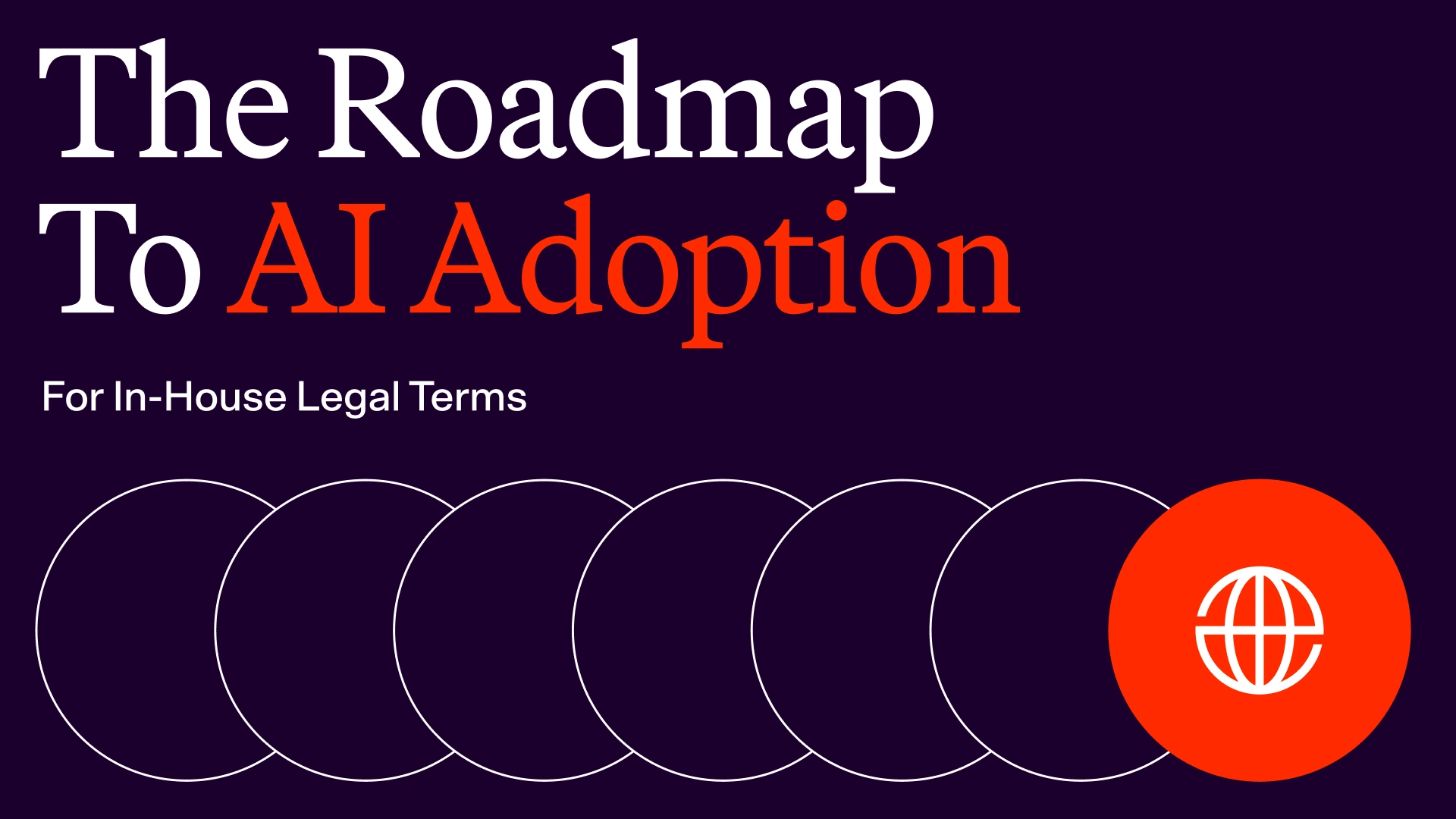AI Review for Service Agreements
What is a Service Agreement?
A Service Agreement is a contract in which one party agrees to provide a specific service to another party. In the context of a one-off service agreement without deliverables, it implies that the service provider will perform a certain task or service, but won't necessarily be providing a tangible product or specific outcome.
Even in these instances, it's essential for the service agreement to define the scope of the service, payment terms, timelines, liability limitations, and other relevant terms. Despite the lack of a specific deliverable, the client still expects to receive a certain level of service, and the provider needs to understand what they're expected to provide.
Industry Applications of Service Agreements
Service Agreements are prevalent across a multitude of industries, particularly those reliant on the provision of intangible services as a fundamental aspect of their operations. Some common industry applications include:
- Consulting: Consulting firms frequently utilize these agreements to formalize arrangements for providing expert advice and guidance to clients, ensuring clarity regarding the scope of services and expectations.
- Event Planning: Event planning companies also heavily rely on service agreements to outline the specifics of event execution, including logistics, timelines, and responsibilities, thereby facilitating seamless coordination between parties involved in organizing events.
- IT Services: IT service providers often use Service Agreements to define the terms of their services, including system maintenance, software development, or technical support.
- Professional Services: Lawyers, accountants, and other professionals use Service Agreements to outline the scope of their services, fees, and responsibilities when engaging with clients.
- Maintenance and Repair Services: Companies offering maintenance or repair services, such as for equipment or facilities, use Service Agreements to define the terms of their services, response times, and fees.
Top Provisions to Consider in a Service Agreement
When drafting a comprehensive Service Agreement, several critical provisions warrant careful consideration to safeguard the interests of both parties involved. These key elements typically include:
- Description of Services: A thorough description of the services to be rendered, including any specifications or standards to be adhered to. This is crucial for setting clear expectations and avoiding misunderstandings about what services will be provided.
- Compensation and Payment: Terms regarding compensation for the services and the payment schedule. This should include the amount to be paid, the method of payment, and the timing of payments (e.g., upfront, milestone-based, or upon completion).
- Timelines: Timelines for service delivery and any applicable milestones. This helps to ensure that the services are provided in a timely manner and allows for monitoring of progress.
- Performance Metrics: If applicable, the agreement should specify any performance metrics or standards that the service provider is expected to meet. This could include response times, resolution times, or customer satisfaction scores.
- Termination: Clauses outlining the circumstances under which either party can terminate the agreement, and the procedures for doing so. This could include provisions for termination for cause (e.g., breach of contract) or for convenience.
- Indemnification: Provisions for indemnification, which allocate the risk of third-party claims between the parties. Typically, each party agrees to indemnify the other for claims arising from their own negligence or breach of the agreement.
- Confidentiality: Clauses to protect any confidential information shared between the parties during the course of the agreement. This could include client data, business plans, or proprietary methodologies.
- Dispute Resolution: Mechanisms for resolving any disputes that may arise under the agreement, such as mediation or arbitration clauses. This can help to avoid costly and time-consuming litigation.
In addition to these key provisions, a comprehensive Service Agreement should also consider including:
- Intellectual Property: Clauses that address the ownership and use rights of any intellectual property created or utilized during the service engagement. This is particularly important if the service provider is creating any custom materials or deliverables for the client.
- Liability Limitations: Provisions that limit the service provider's liability in the event of any issues or damages arising from the services. These often cap the provider's liability at the amount of fees paid under the agreement.
- Insurance: Requirements for the service provider to maintain appropriate insurance coverage, such as professional liability or errors and omissions insurance.
- Independent Contractor: A statement that the service provider is an independent contractor and not an employee of the client. This helps to avoid any confusion about the nature of the relationship and the associated legal obligations.
Checklist for a Good Service Agreement
To ensure that your Service Agreement is effective, comprehensive, and legally sound, use this checklist:
- Clearly define the scope of services
- Specify the compensation and payment terms
- Include timelines for service delivery
- Outline any applicable performance metrics
- Include termination clauses for both cause and convenience
- Address indemnification obligations
- Include confidentiality provisions
- Specify dispute resolution mechanisms
- Clarify intellectual property ownership and usage rights
- Include liability limitation provisions
- Specify insurance requirements
- Clarify the independent contractor relationship
- Ensure the agreement complies with applicable laws and regulations
- Have the agreement reviewed by legal counsel
- Ensure the agreement is signed by authorized representatives of both parties
AI Contract Review for Service Agreements
To give you a sense for the benefits of leveraging contract analysis software trained by lawyers, we’ve selected some sample language our software presents to customers during a review. Keep in mind that these are static in this overview, but dynamic in our software - meaning our AI identifies the key issues and proactively surfaces alerts based on importance level and position (company, 3rd party, or neutral) and provides suggested revisions that mimic the style of the contract and align with party names and defined terms.
These samples represent less than 5% of the pre-built, pre-trained Legal AI Contract Review solution for Service Agreements. If you’d like to see more, we invite you to book a demo.
PAYMENT
For: Provider
Alert: May be missing an article regarding payment details.
Guidance: Incorporating clear and comprehensive payment terms in a Service Agreement is crucial to ensure that both parties understand their financial obligations and expectations. This approach helps prevent potential disputes and misunderstandings related to payment terms, fostering a smoother business relationship and reducing the risk of legal issues.
In practice, a well-defined payment article in the Service Agreement can help avoid disputes, maintain a positive business relationship, and ensure timely payments for services rendered. For instance, when providing consulting services to a client, outlining payment details such as the payment schedule, invoicing process, and late payment penalties can lead to a mutual understanding of financial obligations and reduce the likelihood of disputes.
To ensure compliance with applicable regulations, it is crucial to consider state-specific laws governing contracts and payment terms, as well as federal laws such as the Fair Debt Collection Practices Act (FDCPA) and the Truth in Lending Act (TILA). These laws help ensure that the payment terms are fair, transparent, and in compliance with relevant regulations, ultimately benefiting both parties by reducing the risk of legal issues and disputes.
Additionally, it is important to be aware of the doctrine of ""promissory estoppel,"" which allows a party to enforce a promise even in the absence of consideration under certain circumstances. In the context of a Service Agreement, this doctrine may apply if one party promises to pay for services rendered by another party but later refuses to do so, claiming that there was no consideration for the promise. If the service provider relied on the promise and performed the services, they might be able to enforce the promise under the doctrine of promissory estoppel, even if there was no formal consideration exchanged between the parties.
Sample Language:
PAYMENT
1. CUSTOMER shall pay the Service Fee by the due date written on the invoice accordingly.
2. CUSTOMER shall make payments by wire transfer to the account designated by PROVIDER in the relevant invoice.
3. Taxes related to the payment of the Service Fee, including, but not limited to, any withholding taxes under applicable law, shall be borne by CUSTOMER.
TERMINATION EVENTS
For: Both
Alert: May be missing an article regarding termination events.
Guidance: To safeguard the Provider from potential liability for damages caused by subcontractors, it is recommended to incorporate provisions in the Service Agreement that assign responsibility for such damages to the subcontractors themselves. This strategy can enable the Provider to concentrate on delivering quality services without the added burden of being held accountable for the actions of subcontractors.
This suggestion is especially pertinent in situations where a subcontractor's actions result in damage to a client's property. By allocating liability to the subcontractor, the client would need to seek compensation directly from the subcontractor, rather than the Provider.
Nonetheless, it is vital to consider the concept of ""vicarious liability"" or ""respondeat superior,"" which may hold an employer or principal liable for the negligent acts or omissions of its employees or agents, including subcontractors, if those acts or omissions occur within the scope of the employment or agency relationship. The effectiveness of provisions limiting or excluding liability for damages caused by subcontractors may be subject to applicable laws and regulations governing vicarious liability, as well as any public policy considerations that may limit the ability of parties to contractually allocate liability in certain circumstances.
Sample Language:
TERMINATION EVENTS
Either Party may immediately terminate this Agreement by giving written notice to the other Party if any of the following events occur:
(a) if the other Party has breached any of its obligations set forth in this Agreement and has failed to cure such breach within [●●] days after the non-breaching Party issued a notice to cure the breach;
(b) if all or a part of the obligations of the other Party have been frustrated; provided, however, that in the case that a part of the obligations of the other Party has been frustrated, this Agreement may be terminated only to the extent of such frustrated part;
(c) if competent authorities have rendered any decisions for the revocation or the suspension of business of the other Party;
(d) if any payments of the other Party have been suspended or been unable to be processed, or any bank transactions by the other Party have been suspended;
(e) if any proceeding for seizure, provisional seizure, provisional disposition, or any other compulsory execution by any third party, or auction by exercise of security by any third party, a disposition for delinquency of taxes, or any other similar proceeding against the other Party has been filed or commenced;
(f) if any proceeding for bankruptcy, rehabilitation, liquidation, or any other similar proceeding against the other Party has been filed or commenced;
(g) if a resolution for merger, company split (demerger), or transfer of business by the other Party has been made; or
(h) if any event similar to any of the preceding items or any other material event that makes it difficult to continue this Agreement has occurred.
REPORTS
For: Provider
Alert: May include a provision stipulating that provider has an obligation to update reports after the completion of the services.
Guidance: To prevent ambiguity and misunderstandings between parties in a Service Agreement, it is advisable to clarify the provider's obligations concerning update reports after the completion of the services. By explicitly stating that the provider has no obligation to provide update reports post-completion, both parties can better manage their expectations and resources, ultimately reducing the likelihood of disputes or disagreements in the future.
For instance, in a software development project, once the provider delivers the final product, the customer may request update reports on the project's progress. By including a provision in the Service Agreement that clearly states the provider's obligations, the customer would be aware of this limitation and would not expect such reports.
While there may not be specific statutes or laws directly related to update reports in Service Agreements, general contract law principles, such as the duty to act in good faith and the importance of clear and unambiguous terms, should be considered. The implied covenant of good faith and fair dealing, recognized in both Federal and state laws, requires both parties to act in good faith and deal fairly with one another in the performance and enforcement of the contract. This means that even if a provision explicitly states that the provider has no obligation to provide update reports after the completion of services, the provider may still be required to act in good faith and deal fairly with the other party, which could potentially include providing necessary information or updates in certain circumstances.
Sample Language:
REPORTS
1. At the request of CUSTOMER and on the last business day of each month, PROVIDER shall deliver a written report to CUSTOMER on the status of the performance of the Services.
2. PROVIDER shall report the completion of the Services to CUSTOMER.
3. PROVIDER shall have no responsibility to update the report for events and circumstances occurring after the completion of the Service.
Best Practices for Using Service Agreements
To make the most of your Service Agreements and ensure their effectiveness, follow these best practices:
- Be Specific: The more specific and detailed your Service Agreement is, the less room there is for misunderstandings or disputes. Be sure to clearly define the scope of services, deliverables (if any), timelines, and responsibilities of each party.
- Negotiate Terms: While a template can provide a good starting point, it's important to negotiate the specific terms of your agreement to ensure that they align with your business goals and needs. Be prepared to discuss and negotiate key provisions such as pricing, service levels, and liability limitations.
- Consider the Client: Tailor your Service Agreement to the specific needs and requirements of your client. This may involve adjusting your standard terms to accommodate their unique circumstances or requirements.
- Set Realistic Expectations: Be realistic about what you can deliver and the timelines you can meet. Setting unrealistic expectations in your Service Agreement can lead to dissatisfaction and disputes down the line.
- Communicate Regularly: Maintain open lines of communication with your client throughout the service engagement. Regular updates and progress reports can help to identify and address any issues early on and ensure that the services are meeting the client's needs.
- Document Changes: If the scope of services or other terms of the agreement change during the course of the engagement, be sure to document these changes in writing, either through an amendment to the original agreement or a new agreement.
- Keep Good Records: Maintain detailed records of the services provided, time spent, expenses incurred, and communications with the client. This documentation can be invaluable in the event of a dispute or misunderstanding.
Conclusion
Service Agreements are essential tools for businesses that provide intangible services to their clients. By clearly defining the scope of services, payment terms, timelines, and other key terms, these agreements help to ensure that both the service provider and the client have a clear understanding of their rights and obligations.
To ensure the effectiveness of your Service Agreements, it's important to include comprehensive provisions that address the unique needs and risks of your specific industry and client engagement. The agreement should be tailored to your particular circumstances, thoroughly reviewed by legal counsel, and actively managed throughout the service delivery process.
By following best practices for negotiating, drafting, and executing your Service Agreements, you can establish a strong foundation for successful service engagements that meet the needs of your clients while protecting your own business interests.
Experience LegalOn Today


.svg)









